
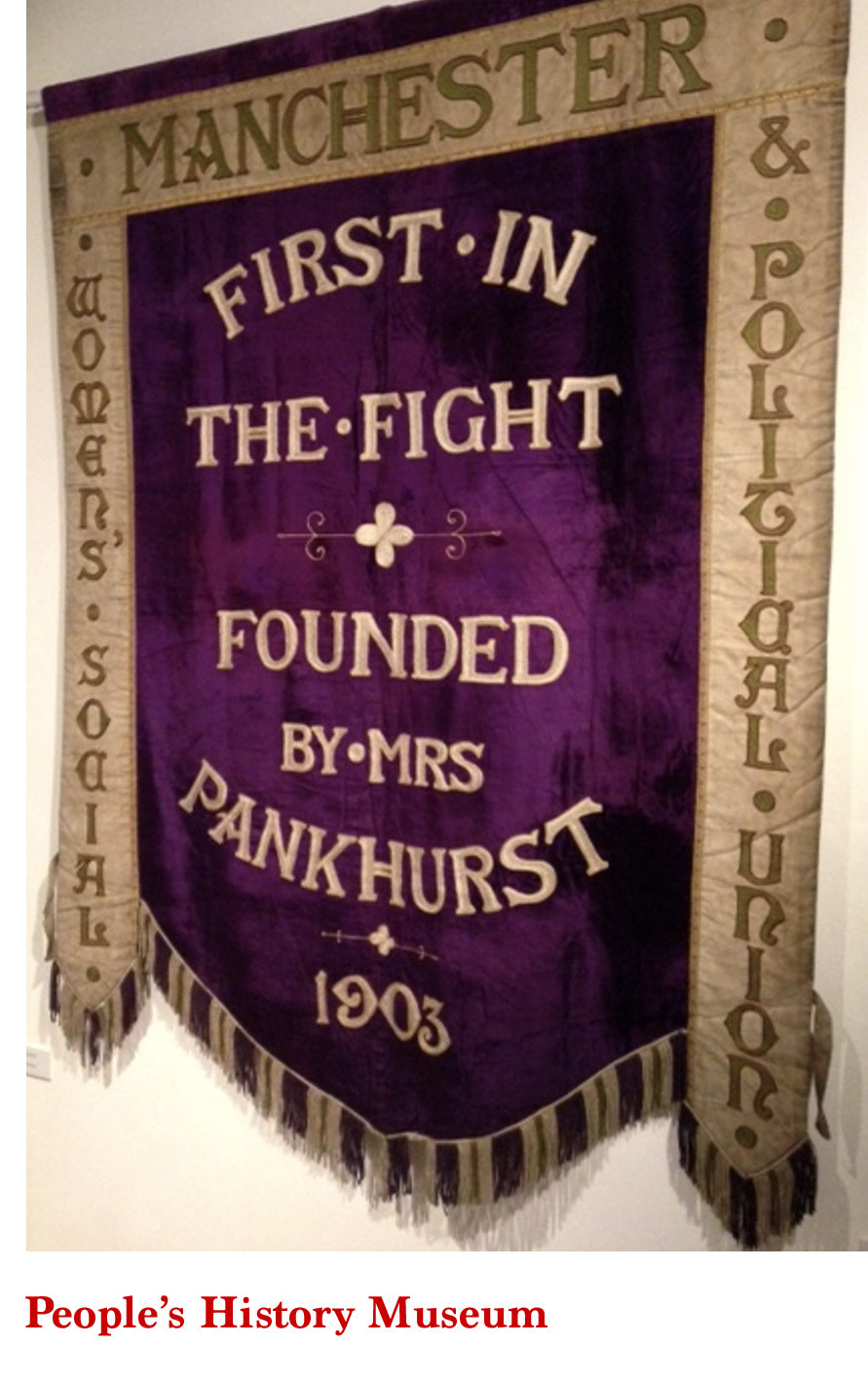
Visual Orderly Propaganda
One of the suffragist’s methods was to use highly visual propaganda such as banners, rosettes, sashes and badges.
Historically these visual materials had their origins in military wear to indicate what side you were fighting for and had been adopted by political protesters from the 1800s onwards. Visual propaganda conveyed the protestor’s message in an immediate and engaging way. The bright colours would attract attention and the colour scheme itself would indicate the political ideology being expressed (i.e. red, green and white for suffragists). These materials often featured writing stating the suffragists clear demands such as ‘Votes for Women’, which was short, simple and to the point or more persuasive punchy slogans such as ‘Deeds Not Words’. They would often reference the area that the protestors were from implying that they were not campaigning as individuals but as a community. Visual Propaganda also enabled the suffragists to convey their message to poorer communities who, more than likely, would have lower literacy levels.

BANNERS

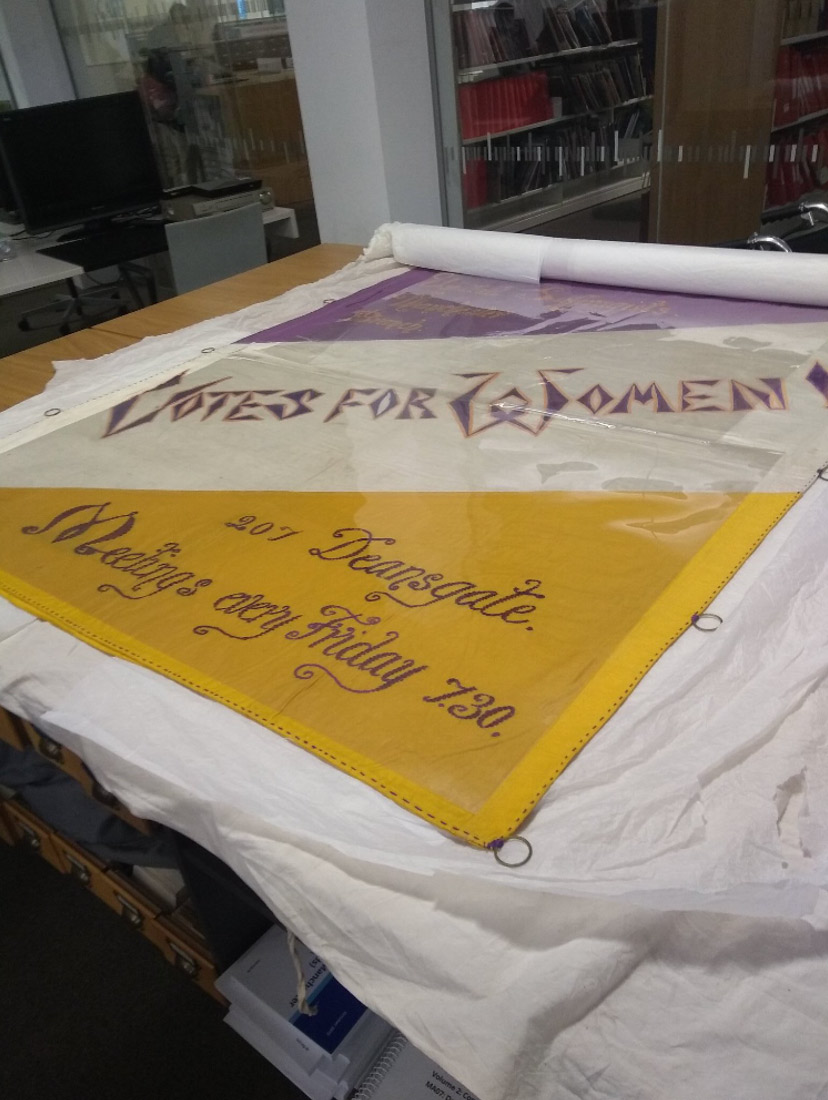
Banners were used at suffragist events, especially at protest processions. They were often handmade, in contrast to mass produced ones made for Trade Union movements. Some of them were embroidered with detailed patterns, decorations and images whilst others could be simple phrases printed onto sheets. The Game Changer groups were able to see the banners for themselves when they visited Archives+ at Manchester Central Library and The People’s History Museum.
After seeing the banners for themselves, the Game Changer groups were able to get inspiration to design and create their own banners.
The groups then used the banners they had made when re-enacting the 1908 Manchester suffragist demonstration.

ROSETTES, SASHES AND BANNERS
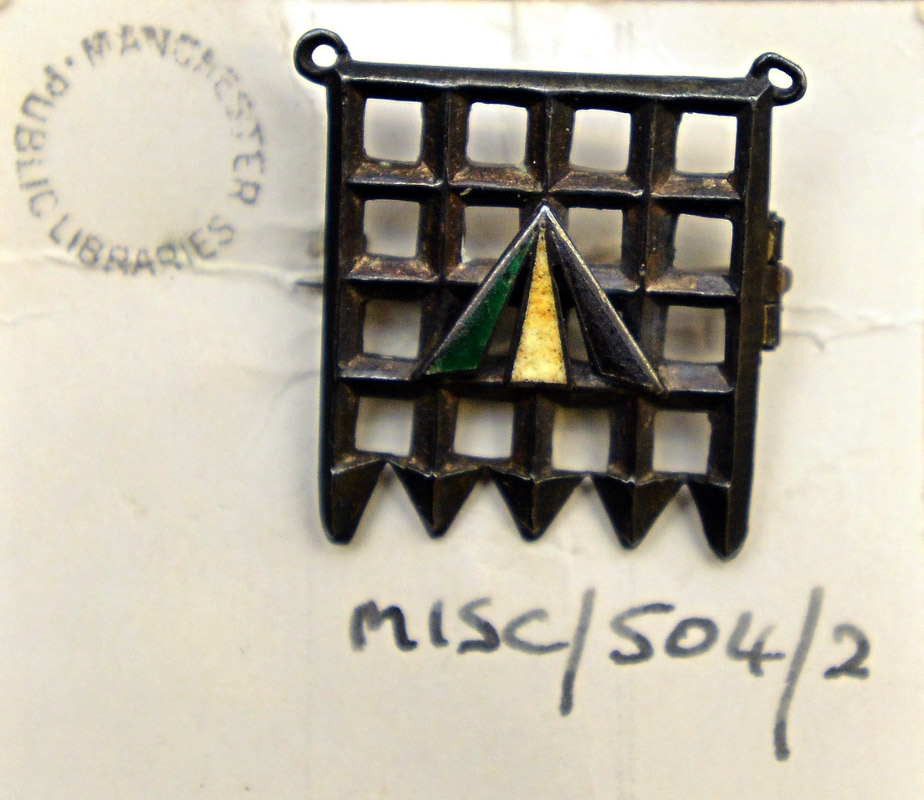
These provided visual indication that the wearer supported votes for women. The materials therefore were more personal and easier to transport and more widely used than banners. The badges and brooches in particular would be worn in everyday life, at meetings and when distributing suffrage literature.
At Manchester Libraries Archives+, the groups were able to handle real brooches that the suffragettes wore:
The brooch shown was was designed by Sylvia Pankhurst: This would be worn by women that had been imprisoned due to campaigning for votes for women. This was particularly pertinent as many suffrage campaigners had very traumatic experiences when in prison particularly those on hunger strike and/or those who were force-fed.
The young people then made their own suffragist badges, sashes and rosettes:
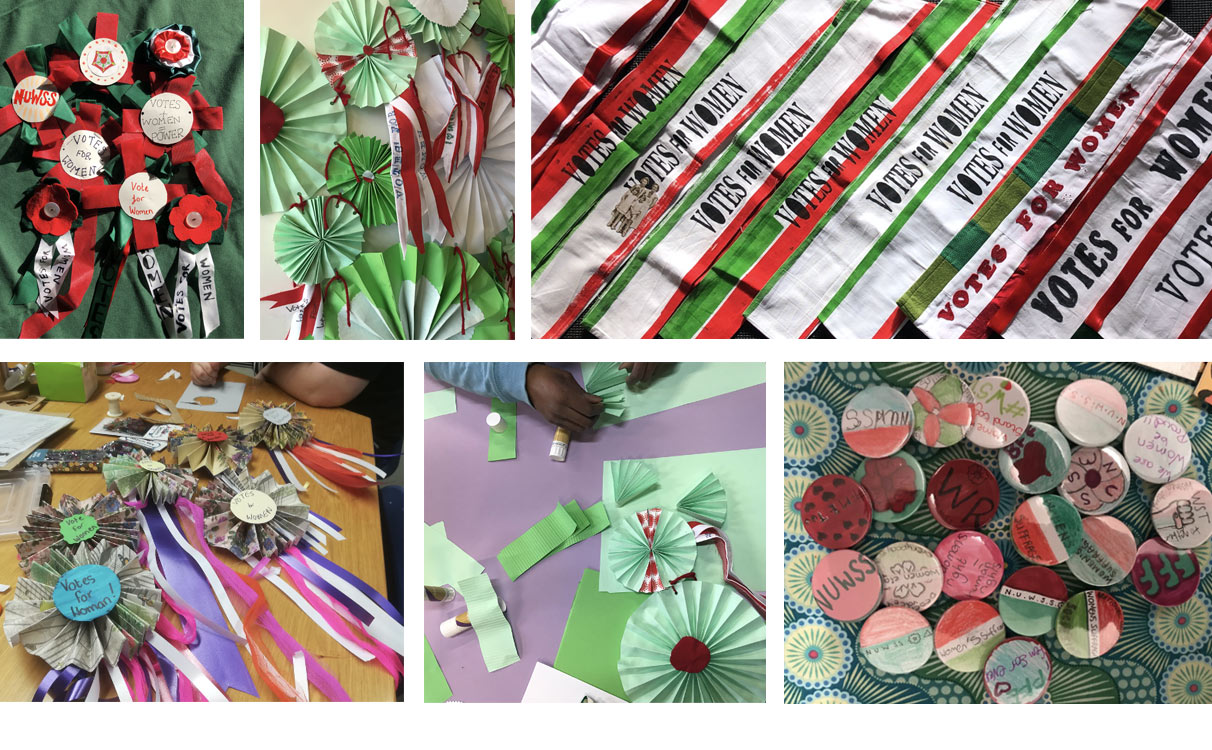
POSTERS
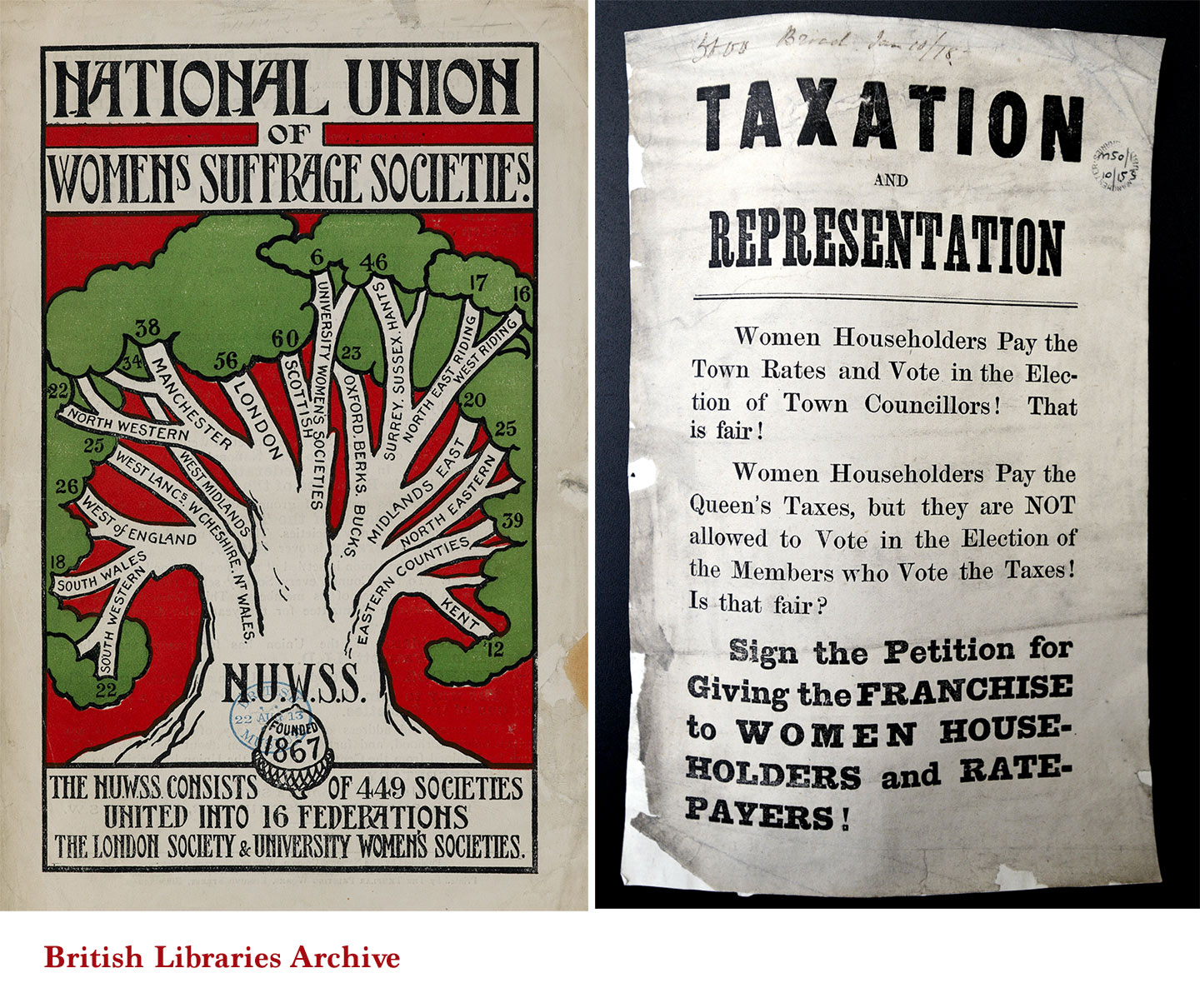
Much like banners, posters could offer bright colours to attract attention. More than likely however, they would feature more writing and usually practical information e.g. the time of an event.
The tree poster shown is of the National Union of Women’s Suffrage Societies and features the suffragist colours of red, green and white. The poster also used the allegory of a tree to demonstrate the reach and amount of organisations involved within the society yet how they were unified in fighting for one cause.
The monochrome poster is a lot more practical, explaining the reasons to sign a petition with bold writing at the top to attract attention.
The Game Changers groups used roller prints, a method very similar to that of printing in the early 1900s, to recreate their own suffragist posters:
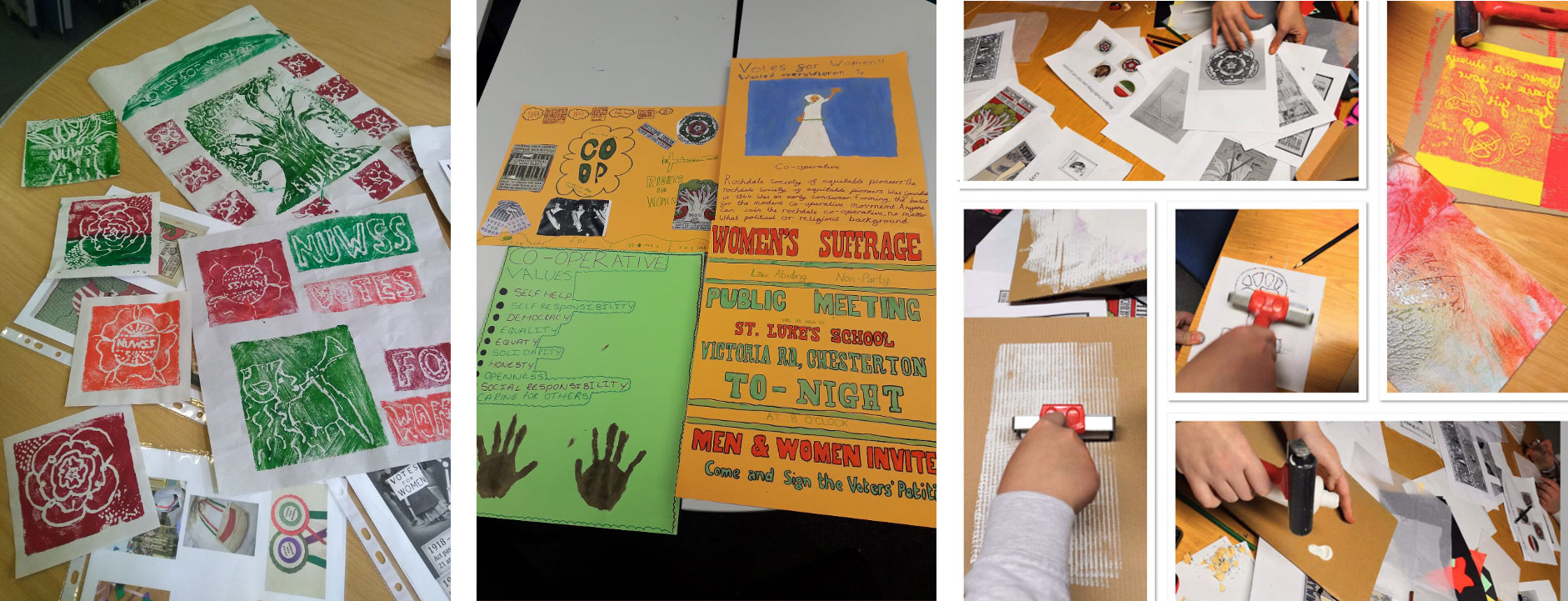
FURTHER READING
Article in The Guardian